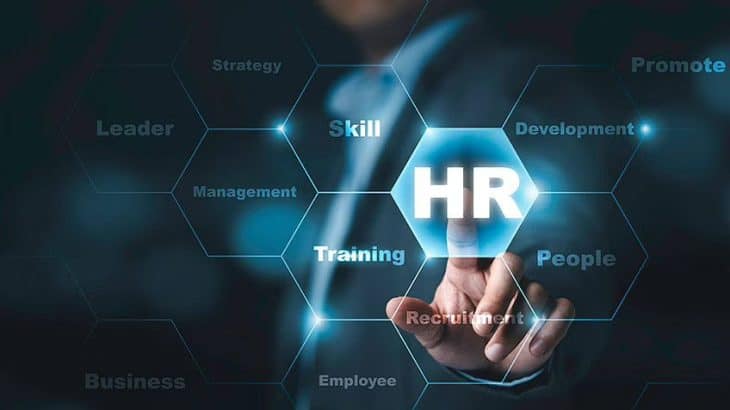The Human Resources (HR) department is responsible for managing a company’s most valuable asset – its people. Whether it’s a small business with a single HR professional or a large enterprise with a fully staffed HR team, this department serves as the backbone of organizational success.
HR acts as a bridge between management and employees, ensuring a healthy workplace culture while helping the organization achieve its strategic goals. The department ensures that the company recruits, develops, and retains skilled, motivated, and high-performing employees who can drive business growth.
Below are the key components of the HR function and how they contribute to an organization’s success.
Strategic Human Resource Planning
Strategic planning is one of the most critical elements of Human Resource Management (HRM). It involves setting workforce goals, developing policies, and formulating strategies that align with the organization’s broader objectives.
The HR department begins by analyzing the company’s current and future needs based on its business goals and growth projections. From this analysis, HR professionals forecast workforce requirements—determining the number of employees needed, the skills required, and when and where they will be needed.
This forward-thinking approach allows HR to align talent acquisition and development strategies with the organization’s long-term vision, ensuring sustainable growth and competitiveness.
Recruitment and Selection
At the heart of HR lies the task of recruiting and selecting the right talent. As organizations expand, finding and hiring capable, motivated employees becomes essential to achieving continued success.
The HR department plays a pivotal role in designing and implementing effective recruitment strategies. This includes:
- Identifying job requirements and creating detailed job descriptions
- Attracting qualified candidates through multiple channels
- Screening, interviewing, and selecting the most suitable applicants
According to the Society for Human Resource Management (SHRM), talent acquisition remains one of HR’s top priorities. A well-designed recruitment process ensures the organization attracts candidates who not only possess the right skills but also align with the company’s culture and long-term goals.
Compensation and Performance Management
In a competitive job market, attracting and retaining top talent requires more than just a good salary—it demands a well-structured compensation and performance management system.
HR departments are responsible for designing fair and competitive salary structures, benefits, and incentive programs. However, offering excellent compensation is just the starting point. To retain top performers, HR must also implement performance management systems that measure, motivate, and reward employees effectively.
Common HR performance management tools include:
- Self and peer performance evaluations
- Individual and team performance targets
- Regular performance appraisals and feedback sessions
These tools help create a culture of accountability and recognition, where employees feel valued for their contributions and motivated to excel.
Training and Development
Continuous learning and growth are essential for both employees and organizations. HR departments play a key role in facilitating training and professional development programs that enhance employee performance and engagement.
The process typically involves:
- Identifying skill gaps and performance deficiencies
- Designing training initiatives aligned with company objectives
- Implementing programs such as workshops, seminars, and e-learning modules
- Monitoring and evaluating the effectiveness of these programs
Effective training and development not only improve employee skills but also increase job satisfaction and retention rates, contributing to the organization’s long-term success.
Conclusion
The HR function is far more than just administrative work it’s a strategic partner in business growth. From workforce planning and recruitment to compensation, performance, and employee development, each component of HR plays an essential role in building a productive, motivated, and future-ready workforce.
By investing in robust HR practices, organizations can ensure they attract top talent, nurture employee potential, and maintain a competitive edge in today’s ever-evolving business landscape.








